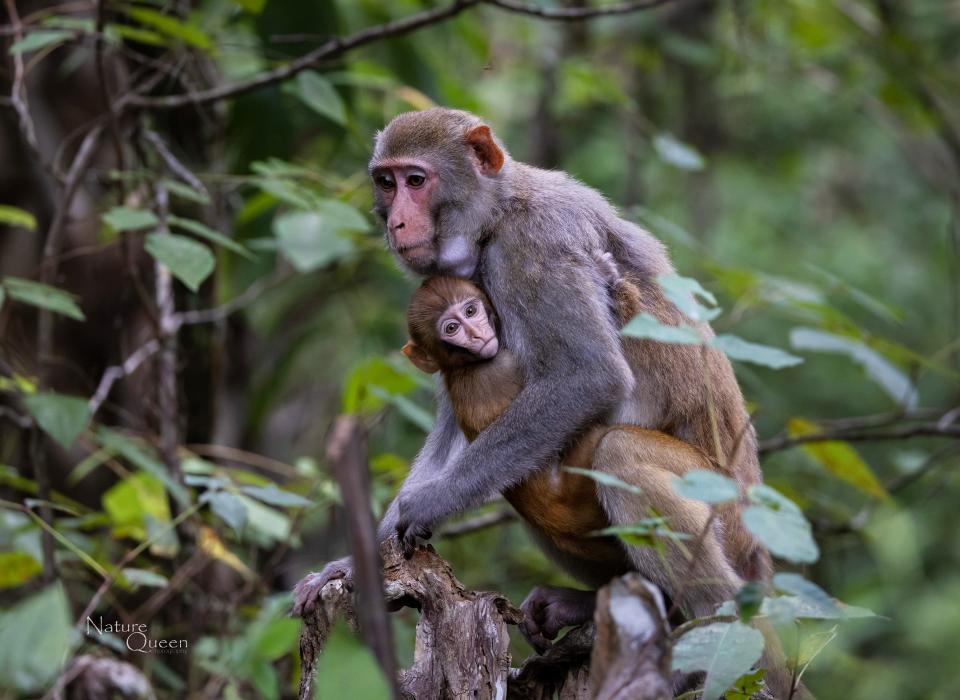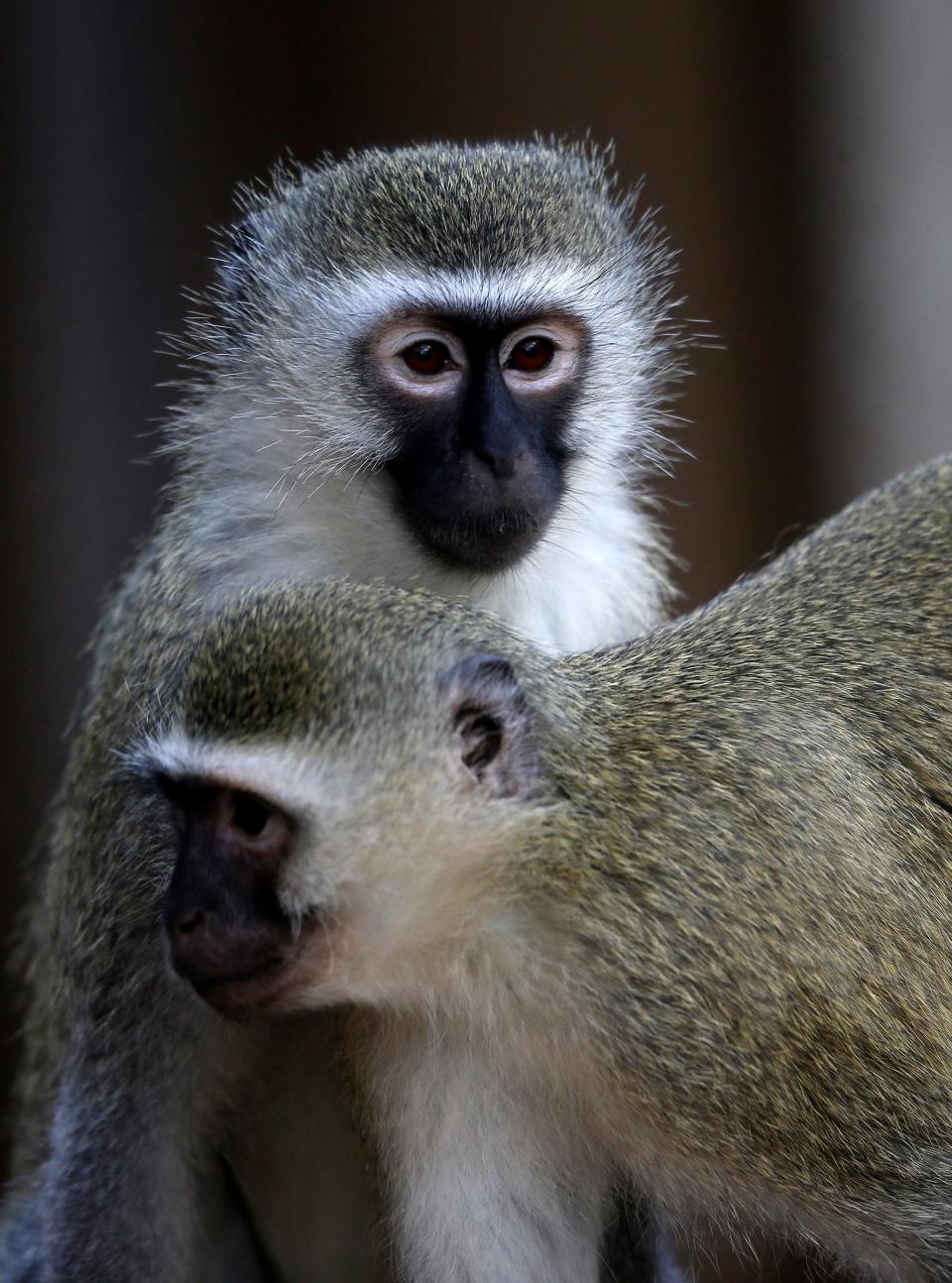Recently sighted in Orange City, monkey species have been in Florida for almost 100 years
Police sent out an alert to residents, saying the animal could be “very dangerous.”
"Don't feed it. Don't pet it. It's not your average animal at the zoo,” said Orange City Police Lt. Sherif El-Shami.
The monkey is believed to be a rhesus macaque, one of the three species that live in Florida.
The three species are considered nonnative in the United States, being instead native to sub-Saharan Africa, Asia and South America. And although they have been around for close to 100 years, they affect the state’s ecosystems (some more than others) and can even pose a threat to humans.
Police: Monkey seen roaming in Orange City
What types of monkeys live in Florida? How do they affect our environment? Here is what we know:
Rhesus macaques: The ‘first recorded’ monkey in Florida
According to a 2022 study on nonnative monkey species living in Florida by University of Florida professors Steven Johnson, Mark Hostetler and Jane Anderson, the species believed to be roaming around Orange City was the first to be introduced in the state.

In the 1930s, a commercial boat captain named Col. Tooey released a group of six rhesus macaques on an island in the Silver River area (which today is the Silver Springs State Park near Ocala) in “an effort to increase tourism,” according to the study.
Because they are excellent swimmers, rhesus macaques were able to swim to the forest and begin breeding.
“In 2015, it was estimated there were approximately 175 rhesus macaques among five groups in Silver Springs State Park, and the population was growing,” the study said.
Squirrel monkeys in Florida
The existing population of squirrel monkeys living in Florida came “from two pairs that were released from a social club and settled in the Bartlett Estate in Ft. Lauderdale in the mid-1970s,” according to the study.
A 1988 census identified 43 squirrel monkeys living on the 35-acre property. But their population has dwindled since then, and as of 2021 only one monkey remained.
Cold winters (which the animals could not survive) and private trappers are the likely reason why the squirrel monkey population declined in the area.
Squirrel monkey populations introduced in other parts of the state in the 1960s and '70s have not survived.
Vervet monkeys living in Dania Beach
Vervet monkeys first came to Dania Beach, south of Ft. Lauderdale, in the 1940s. They escaped from the Anthropoid Ape Research Foundation, “a facility that imported primates from Africa for use in biomedical research,” according to the study.

A 2020 census showed that 40 vervet monkeys split among four groups live in the area.
They are used to interacting with humans and are regularly fed.
Another invasive species: 22 ball pythons found in St. Johns neighborhood: Could Burmese pythons make it to Volusia?
“There has been no official effort to control the vervet monkey population, though there were reports of private trappers capturing them in the early 1990s and early 2000,” the study said. “The city of Dania Beach passed an ordinance in 1993 prohibiting the feeding of monkeys, but it is not regularly enforced.”
How do monkeys affect Florida's environment?
According to the study, the three species can have varying degrees of impact on Florida’s ecosystems.
Rhesus macaques pose the “greatest ecological and human health” threat among the three. These animals have previously destroyed mangrove populations, raided crops and eaten bird eggs (even affecting some bird populations).
They are accustomed to being fed, which makes them lose their fear of humans and see them as a food source. As a result, rhesus macaques may become aggressive, attacking humans when food is around.
The population living in the Silver Springs State Park is known to carry the herpes B virus, according to the study. Infection of the virus “can lead to severe brain damage or death if you do not get treatment immediately,” according to the Centers for Disease Control and Prevention.
Squirrel and vervet monkeys have shown far less impact to the local environment. Squirrel monkey populations are almost extinct, and while vervet monkeys could cause crop destruction, there have been “no negative impacts” from their presence in Florida, according to the study.
This article originally appeared on The Daytona Beach News-Journal: Monkeys in Florida include macaques, squirrel and vervet species

